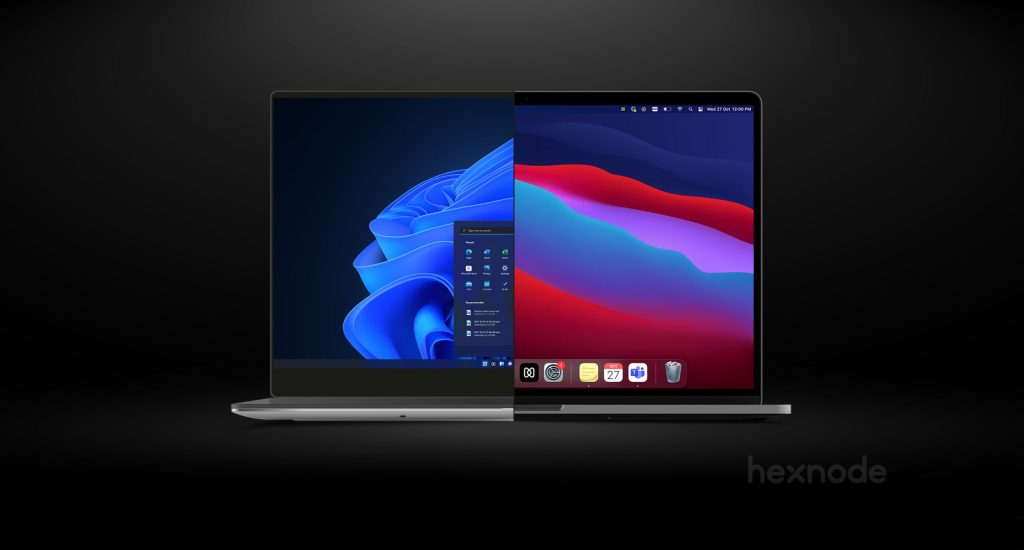Hybrid work. The catchword that’s been around since the last couple of years due to the unprecedented changes in working conditions. With employees preferring flexible working conditions and the formula working for most companies, they’re planning to stick to the same for coming years. Enough with hybrid work, what’s with Windows 11?
Microsoft earlier this year released the latest version of Windows, Windows 11, which is designed to facilitate hybrid work by introducing features that specifically aim at enhancing remote working conditions.
In this blog, let’s look at some challenges faced with Hybrid work and how the new upgrades rolled out with Windows 11 help tackle them effectively.
Windows 11 and hybrid work
Now that we’ve seen the challenges of hybrid work, let’s talk about Windows 11 and its attempt at making it easier. Microsoft hosted an event on April 5, 2022 unveiling a suite of new features made for hybrid work. These include security upgrades, accessibility improvements and some minor updates to improve hybrid working efficiency.
Phishing protection
Microsoft introduces phishing protection, which can be activated in Windows Security settings. When activated, Windows will notify its users when they’re on a malicious website or app. Users will get notified each time they try to enter some sensitive information into a site known for scams.
TPM enforcement
Trusted Platform Module (TPM) is a special chip that secures device hardware, with encryption keys stored in it. With Windows 11, Microsoft has mandated that in order to run the OS, the device must have TPM enabled.
Smart app control
Smart app control is a new security feature, which blocks untrusted and malicious applications. This will ensure that the corporate data on your device will stay clear of all the dangerous applications since they won’t even run in the first place.
Although, to enable this feature it requires clean new installation of Windows.
Teams integration
Windows 11 features Microsoft Teams as a built-in app. This means users will get access to Teams chat, video call and screen share functionalities right out of the box, on the taskbar.
File explorer redesign
Users get a new, completely revamped file explorer with Windows 11. The new design features tabs at the top. Users can open new tabs which enable them to work with different files in parallel. According to Microsoft this is going to save a lot of time by cutting down the number of clicks needed in navigation.
Also, the new file explorer home page features a section called “Favorites” and “Recent”. In the latter section, it shows when the file was last modified, and who performed the activity on it, which contributes to ease of collaboration.
The bottom line
By now it is pretty clear that hybrid work is here to stay. Consequently, building an invulnerable and secure work environment has become indispensable.
With Windows 11, Microsoft has made a splash in the hybrid work state of play. The new features are aimed at making remote work easier and more secure. And if you Combine that with an endpoint management solution like Hexnode, hybrid work can be made pretty simple and trouble-free.
Start managing your Windows devices
Effortlessly manage your Windows devices and ensure their compliance using Hexnode's extensive features.
GET A FREE TRIAL!




